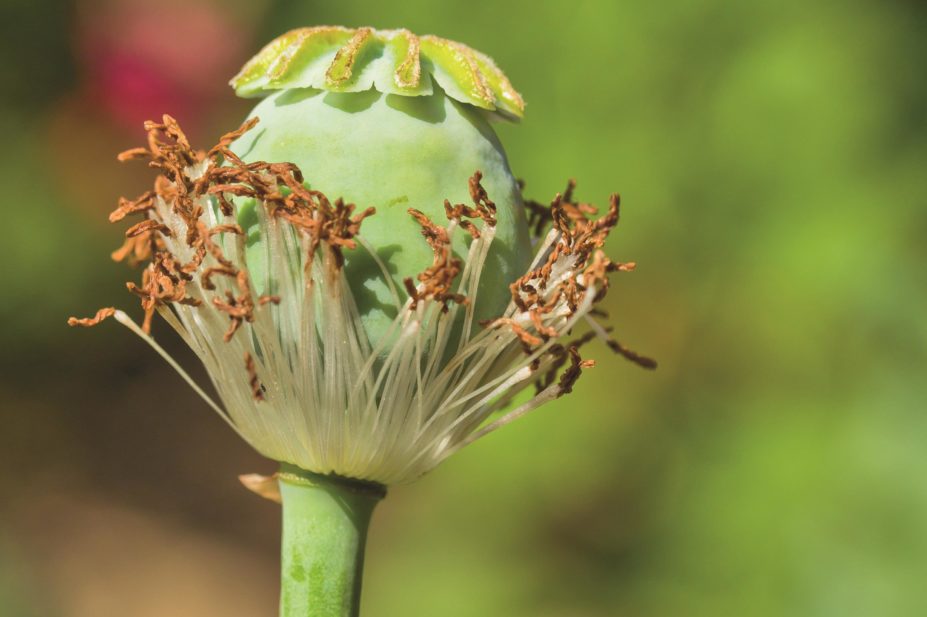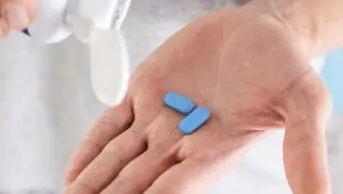
Shutterstock.com
In May 2015, researchers reported that they had engineered yeast to produce [S] reticuline, an important precursor in the opioid biosynthesis pathway[1]
. Now, a team at Stanford University, California, has completed the pathway and manipulated yeast to produce two opioid compounds – thebaine and hydrocodone. “We combined enzyme discovery, enzyme engineering, and pathway and strain optimization to realize full opiate biosynthesis,” write Christina Smolke and colleagues in Science (online, 13 August 2015)[2]
.
Until now, the poppy (Papaver somniferum) has been the only source of opioids for use in pain relief. In this proof-of-principle study, yeast was engineered to express 21 or 23 additional enzymes and using sugar as the fuel source produced thebaine or hydrocodone, respectively. While the technique is not yet ready for commercial use, it could potentially become a new source of opioid drugs, the researchers believe.
References
[1] DeLoache WC, Russ ZN, Narcross L et al. An enzyme-coupled biosensor enables (S)-reticuline production in yeast from glucose. Nature Chemical Biology (2015). doi:10.1038/NCHEMBIO.1816.
[2] Galanie S, Thodey K, Trenchard IJ et al . Complete biosynthesis of opioids in yeast. Science 2015. doi:10.1126/science.aac9373.


